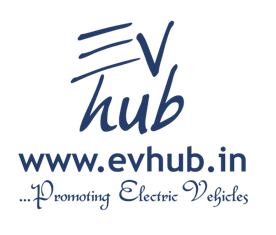This story will challenge your beliefs about what high school students, especially
those who live below the poverty line and face alcohol and drug problems, are
capable of. Autopia, a blog at Wired.com, reported on the story of a class
project at the Automotive Design Studio at the DaLeSalle
Education Center which serves as an alternative high school. The project was to
design and build an electric car that weighed less than 1500 pounds,
half the weight of 98% of most electric vehicles today.
The car the students had to work with was a damaged 2000 Lola
Champ Car which was purchased for $2500 and repaired by students who had
collision repair courses. One of the eye-catching traits of the car is its
transparent body, which is made of a material by 3M which is the same that is used
to shrink wrap windows. The student’s attached the film to the bottom wire of
the body and then stretched it using a heat gun across the rest of a wire frame
in a process that takes an hour. To date, the skin has shown no fatigue or
damage after trial runs.
Champ Car which was purchased for $2500 and repaired by students who had
collision repair courses. One of the eye-catching traits of the car is its
transparent body, which is made of a material by 3M which is the same that is used
to shrink wrap windows. The student’s attached the film to the bottom wire of
the body and then stretched it using a heat gun across the rest of a wire frame
in a process that takes an hour. To date, the skin has shown no fatigue or
damage after trial runs.
Read this news @ http://www.evhub.in/news/256#256

